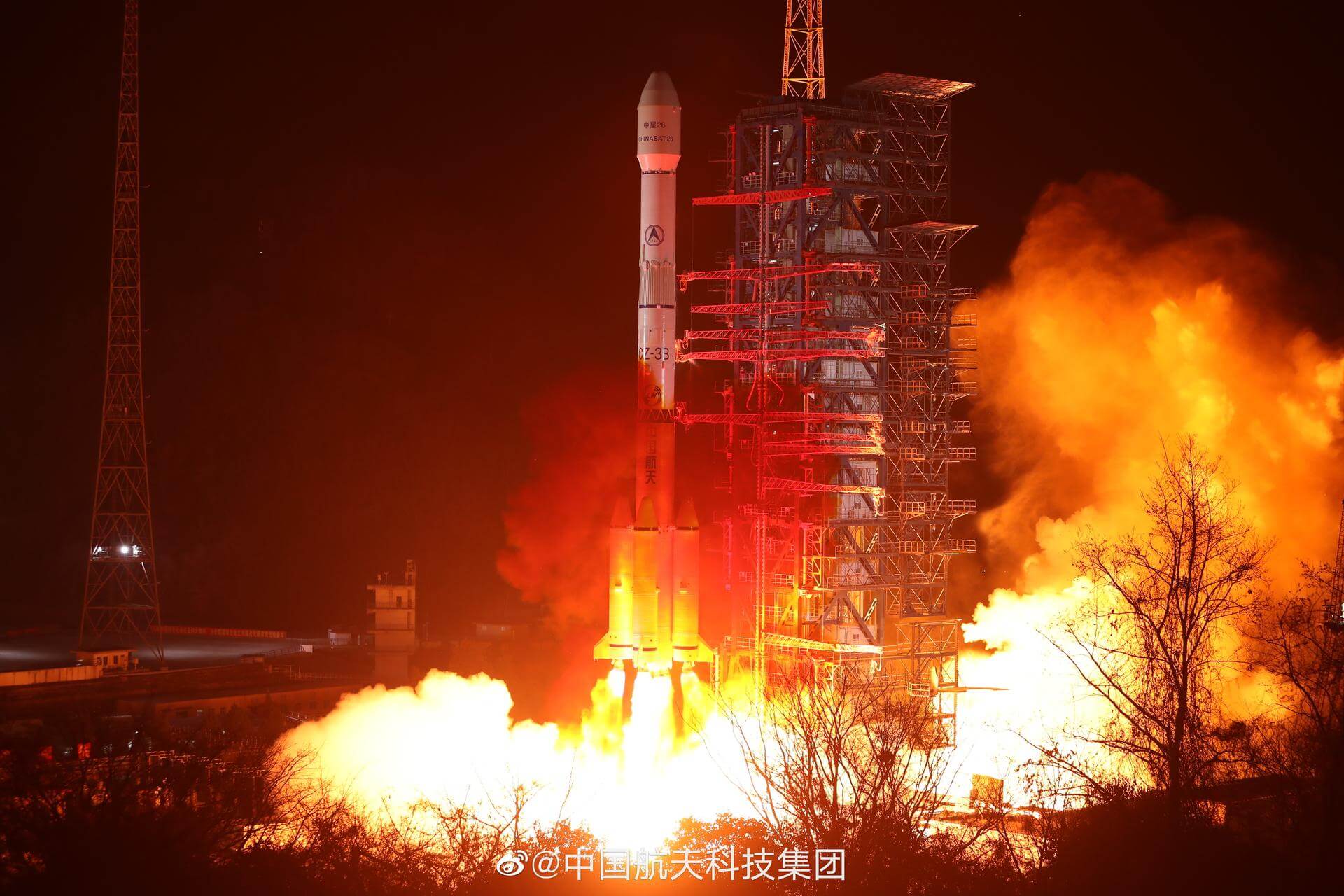Space launches
Filters
Mission type: Astrophysics | Communications | Dedicated Rideshare | Earth Science | Government/Top Secret | Human Exploration | Lunar Exploration | Mission Extension | Navigation | Resupply | Robotic Exploration | Space Situational Awareness | Technology | Test Flight | Tourism | Unknown
Vehicle: 🗙 Ariane 62 | Ariane 64 | Atlas V 551 | Atlas V N22 | Electron | Falcon 9 Block 5 | Falcon Heavy | Firefly Alpha | Gaganyaan Abort Test Booster | GSLV Mk. II | H3-22 | H3-30 | HANBIT-Nano | Launch Vehicle Mark-3 (GSLV Mk III) | Long March 3B/E | Long March 7A | Long March 8A | Minotaur IV | Neutron | New Glenn | New Shepard | Pegasus XL | Proton-M Blok DM-03 | PSLV | PSLV XL | Soyuz 2.1a | Soyuz 2.1b Fregat | Soyuz 2.1b Fregat-M | Soyuz-5 | Space Launch System Block 1 | Spectrum | Starship V3 | Themis Demonstrator | Unknown Launch Vehicle | Vega-C | Vikram-I | Vulcan | Vulcan VC6L
Orbit: Elliptical Orbit | Geostationary Orbit | Geostationary Transfer Orbit | Geosynchronous Transfer Orbit | Low Earth Orbit | Lunar Orbit | Lunar flyby | Medium Earth Orbit | Polar Orbit | Suborbital | Sun-Synchronous Orbit | Unknown
Year

China's geostationary meteorological satellite program FY-4 (Feng Yun 4) is the second generation of chinese geostationary meteorological satellites.